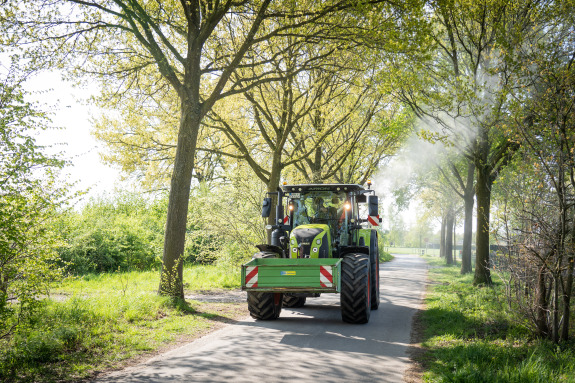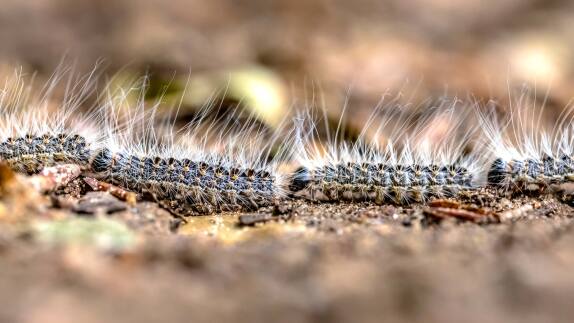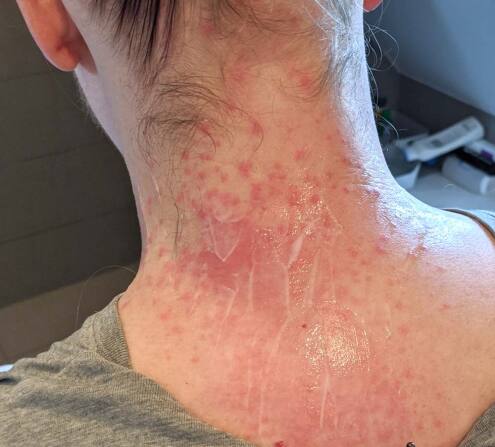Oak processionary moth
Nests of the oak processionary moth discovered - what to do?
From mid-May until August, caterpillars or caterpillar nests of the oak processionary moth are likely to appear in the entire city area. It can be assumed that a large proportion of the oak trees in the city area will be infested. To report caterpillars or caterpillar nests of the oak processionary moth on trees in the area of the city of Bocholt, please use the online reporting form.
Note: On public land the municipality is responsible for the removal of nests, on private land the owner!
Below you will find a digital map in which all already reported or known infestation sites in the city area are marked. The online reporting procedure and the overview map were developed by the district of Borken and the city of Bocholt and made available to the municipalities and communities belonging to the district.
Map: Reported nests in the district
On the following map you can see where nests of the oak processionary moth have been reported in the district of Borken:
Dangers due to oak processionary moth
The stinging hairs of the caterpillars, which contain a nettle toxin, can cause considerable health problems for humans and animals.
Contact with the almost invisible hairs causes skin rashes, burning and itching. More rarely, more severe reactions such as respiratory irritation, conjunctivitis or fever occur.
If allergic symptoms occur, the attending doctor or dermatologist should be consulted!
Prevention through biological means
From mid-May onwards, the city of Bocholt will have the urban oak stands treated with a microbiological biocide from the ground or from a cherry picker as a precautionary measure. The agent is considered harmless to humans and animals when used properly. The active ingredient is based on a protein produced by the bacterium Bacillus thuringiensis.
Due to its selective effect, it is particularly gentle on beneficial insects and not dangerous to bees. The agent inhibits the development of the caterpillars so that no nettle hairs are formed in the first place. The spraying measures are carried out at the end of April / beginning of May by the Entsorgungs- und Servicebetrieb Bocholt (ESB) and an externally contracted company.
Due to these measures, a strong decrease in the population could be observed in the past years.
City relies on titmice as a supplement
Since last year, the administration in Bocholt has been trying out a new method in addition to the usual precautionary measures: titmice are to help contain the emergence of the oak processionary moth caterpillars in a natural way.
The idea comes from the Netherlands. There, fewer caterpillar infestations have been observed in streets with oak trees where many titmice nest.
Nesting boxes for titmice were hung at four selected locations in the outdoor area. During the breeding and nesting season, the birds also use the caterpillars of the oak processionary moth as food. However, only as long as it has not formed stinging hairs. In addition, reported nests on public areas are removed by the Bocholt city administration.





